Triclosan
Triclosan is in many consumer products, including toothpastes, soaps and detergents, surgical cleaning treatments, pesticides, and even trash bags and toys. Sometimes abbreviated as TCS, triclosan is an antibacterial and antifungal agent. Its role in antimicrobial resistance and disrupted hormonal development is controversial; additional research is consistently undergone in attempts to understand its possible negative effects. Developed in the 1960s, triclosan was initially used as a hospital scrub. Since its inception, it has been added as an antibacterial agent to multiple products; in 2017, the US FDA ruled that triclosan and other microbial ingredients must be approved before entering the market. The FDA did determine that the triclosan present in some toothpastes can be effective against gingivitis and is therefore acceptable. Additionally, topical triclosan washes have been shown to be effective against MRSA, or methicillin-resistant staph infection. At these lower commercial concentrations, triclosan affects bacteria by inhibiting fatty acid synthesis.
Surgical sutures coated with triclosan have been proven to reduce the risk of infection at surgical sites. Antimicrobial soaps that contain triclosan, however, have been shown to provide only a small increase in protection against bacteria when compared to washing with soap and water. Because of its potential risks, as of 2013, the FDA determined that the presence of triclosan in some commercial products provided clear benefits, whereas it was unnecessary in other commercial products. For example, there is little to no evidence that triclosan in soaps and body washes provides any significant benefit, but toothpastes containing triclosan have been shown to provide a 22% reduction in dental plaque and inflammation of the gums as compared to toothpastes without triclosan.
Triclosan may enter human systems through skin absorption or ingestion. It may also be released into the environment and appear in certain foods, and it is believed to accumulate in wastewater and reappear in drinking water. After being absorbed into the human body, triclosan is metabolized and released in feces and urine. Because of the possibility of antimicrobial resistance, disruption of the endocrine system, and possible carcinogenic qualities, triclosan is considered a “contaminant of emerging concern,” and it is under investigation as a possible public health risk. In addition to possible disruption of human systems upon ingestion, triclosan found in wastewater is highly toxic to algae, and triclosan has been observed in the systems of aquatic worms, fish, dolphins, and some land animals. Because triclosan’s antibacterial properties are resistant to anaerobic degradation, it is particularly persistent in aquatic and soil environments.
Triclosan may be associated with higher risk of food allergies and sensitivities; this may be related to the health benefits of bacterial exposure more than to any possible toxic properties of triclosan. Triclosan may also cause allergic contact dermatitis and increase susceptibility to seasonal and inhaled allergens. First patented in 1964 in Switzerland, triclosan first underwent safety tests in 1968. By the early 1970s, triclosan was produced and used worldwide. In 1994, triclosan was effectively removed from the category of drugs that are used in consumer products, and in late 2013, a draft rule revoked its safe status as an ingredient in topical washing products, based on its possible negative developmental effects, effects on the endocrine system, contribution to bacterial resistance, and carcinogenic possibilities.

